Please feel free to contact us if you are interested in our products or want to know more details or the latest price. We sincerely hope to cooperate with customers all over the world! Send your inquiry now!
Cooking oil processing machines which can process various oil seeds, including peanut, soybean, sunflower seed, palm, palm kernel, sesame, rapeseed, cotton seed, etc.,
automatic soybean seed oil production line soybean seed oill plant
- Product Using: Producing Soybean Oil
- Type: Soybean Oil Production Line
- Main Machinery: Soybean Oil Production Line Machine
- Automatic Grade: Automatic
- Production Capacity: 98%-100%
- Model Number: D-No.1
- Voltage: 220V/380V/440V
- Power(W): 22kw
- Dimension(L*W*H): 2000x1400x1850mm
- Weight: 10tons
- Certification: CE ISO
- After-sales Service Provided: Engineers available to service machinery overseas
- Product name: soybean oil manufacturing process
- Raw material: SS304, carbon steel
- Application: rice bran, soybean, sunflower,coconut...
- Function: making edible oil
- Character: the most professional manufactuer of palm oil machine
- Advantage: 36 years
- Warranty: 365 days
- Color: as you require
- After-sales Service: Service Machine Overseas
- Technology: 2016
Natural variation and selection in GmSWEET39 affect soybean seed oil
To further compare the relative expression levels of candidate genes in soybean accessions with different seed oil content, seeds were harvested at 10, 20, 30 and 40 d after flowering (DAF) from Jindou20 (24.08% oil content) and Maliaodou (17.53% oil content) for RNA-isolation and quantitative real time (qRT-)PCR analysis.
Seed oil content in soybean transgenic lines and the non-transgenic control was measured by gas chromatography of total fatty acid methyl esters of extracted oil, as previously described 22.
Seed oil processing | Soybean oil processing
First in oil with HongdeMachinery. Reliable seed oil processing equipment covering all steps of refining for any type of edible seed oil. Oilseed processing solutions for boosting capacity, limiting loss and increasing yield, creating new profitable possibilities. Improved sustainability and reduced operational costs thanks to unique technologies
The transgenic wri1-1 plants expressing AtWRI1 with mutation in IDR3-PEST motif enhanced seed oil content. Thus, this study offer a way to enhance oil synthesis through WRI1 engineering. Later, in 2016, Ma et al. (2016) exhibited the interaction of 14-3-3 protein (14-3-3s) with AtWRI1, both in yeast and plant cells.
Overexpression of GmWRI1b in soybean stably improves plant architecture
As a result, the total seed oil production per plant increased by 41.3% to 54.8% at 40-cm, 39.3% to 60.2% at 30-cm, and 63.8% to 93.2% at 10-cm distances (Figure 1n). The seed protein contents and 100-seed weights of three GmWRI1b-OX lines and WT were found to be comparable (Figure 1o, p).
Oil and protein contents in soybean seeds2.1. Oil content and fatty acid composition of soybean seeds. As a dominant oilseed, the oil content in dry soybean seeds averages around 19% and varies from 6.5% to 28.7% depending on the soybean varieties and growth conditions (Greenberg & Hartung, 1998).
Frontiers | Genetic regulatory networks of soybean seed size, oil
The oil content of soybean seeds ranges from 8.3 to 27.9%, and protein concentration varies from 34.1 to 56.8% depending on the soybean varieties and cultivation conditions (Wilson, 2004). Soybean oil is generated and stored mainly as fatty acids (FAs), triacylglycerols (TAGs), and tocopherols (Liu et al., 2022).
Soybean seed protein and oil are valuable traits because of the extensive use of soybean in the production of vegetable oil and meal. In 2019, soybean accounted for 59% of the total oilseed production worldwide and 56% of the total vegetable oil consumption in the USA (ASA Citation 2019).
Transcriptional regulation of oil biosynthesis in seed plants: Current
The AtWRI1 loss-of-function mutant wri1-1 displays a near 80% reduction in seed oil content compared with the WT (Focks and Benning, 1998).Transcriptomic analysis of developing wri1-1 seeds showed that most genes with decreased expression encoded key enzymes in late glycolysis and the FA pathways (Ruuska et al., 2002).
In this study, enhanced expression of GmGPDHp1 in transgenic soybean plants resulted in increases of the MUFAs/PUFAs ratio in seeds by 12.3% and in leaves by 16.0% , raising the possibility that crude oil extracted from GmGPDHp1-OE plants is expected to be a better substrate for food, feed and biodiesel applications.
- Does artificial selection improve seed oil content in soybeans during domestication?
- Our study and previous studies have indicated that the improvement of seed oil content in soybean during domestication was achieved by artificial selection of multiple major genes, and some of those genes may not be directly involved in oil biosynthesis, such as B1 [ 37] and GmZF351 [ 17 ].
- How to improve soybean seed oil content?
- There are two major goals in improving the soybean seed oil content. The first is to increase the total oil content of the seed, ideally without sacrificing the overall yield. The second is to ¡°improve¡± the oil quality by increasing the beneficial fatty acids while reducing those detrimental ones.
- Can regulatory genes improve the FA composition of soybean seeds?
- Regulatory genes that can improve the FA composition of soybean seeds There are two major goals in improving the soybean seed oil content. The first is to increase the total oil content of the seed, ideally without sacrificing the overall yield.
- Can stably expressed oil-enhancing genes be applied to soybean molecular breeding?
- However, oil accumulation in the seed is a complex metabolic process that is environmentally sensitive; thus, stably expressed oil-enhancing key genes that can be applied to soybean molecular breeding have rarely been reported, and the mechanism of the variance of oil content in soybean remains largely unknown.
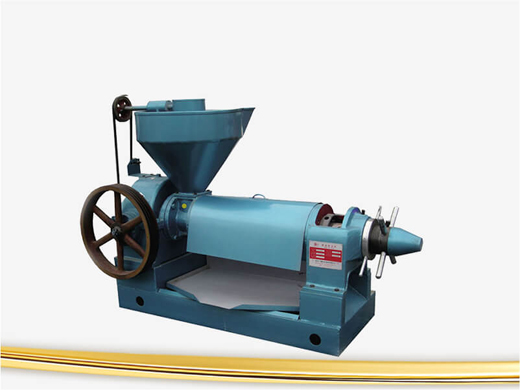
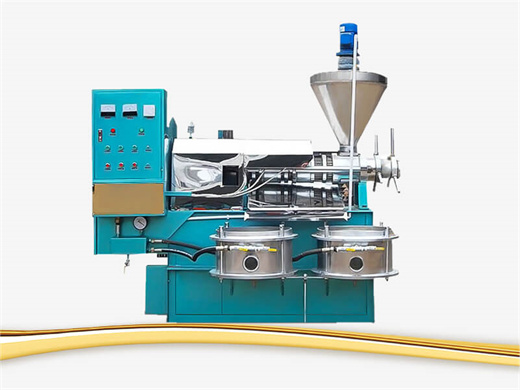
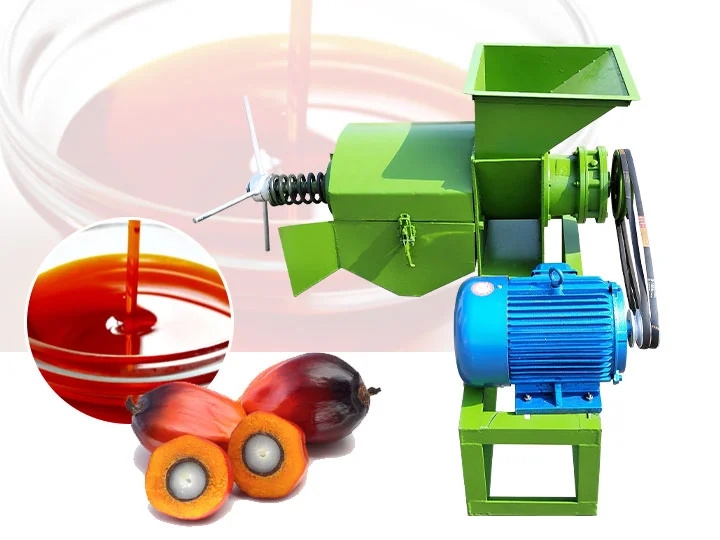
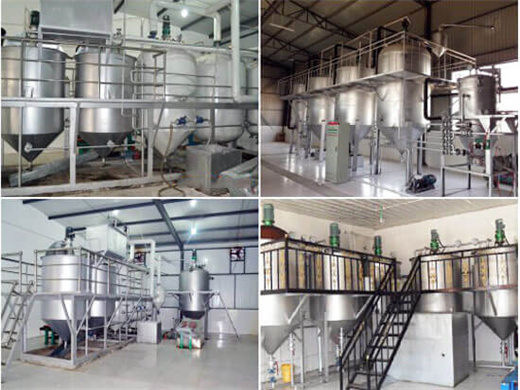
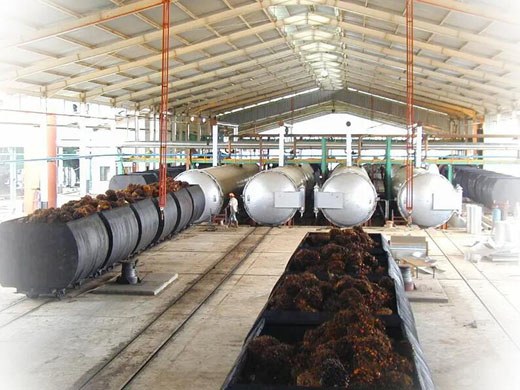
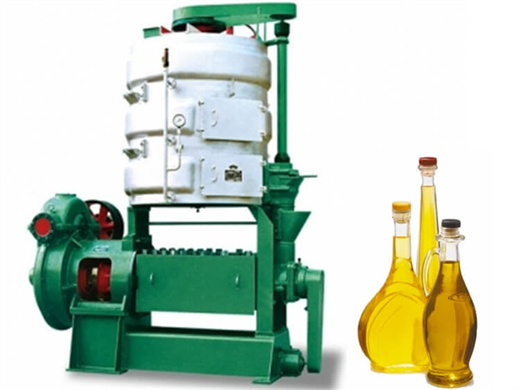
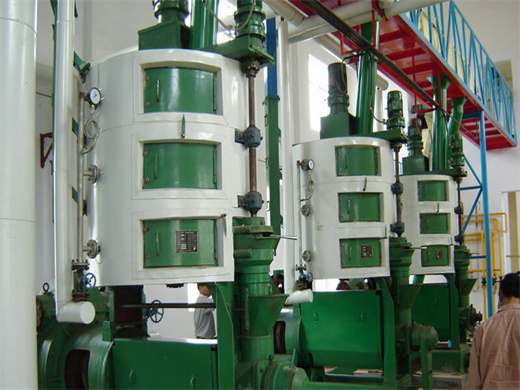
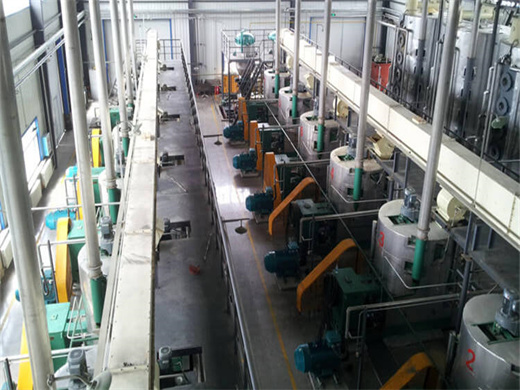












REQUEST A QUOTE
You Can Write Down Your Requirements! Submit your enquiry, we will reply your quote within 24 hours.